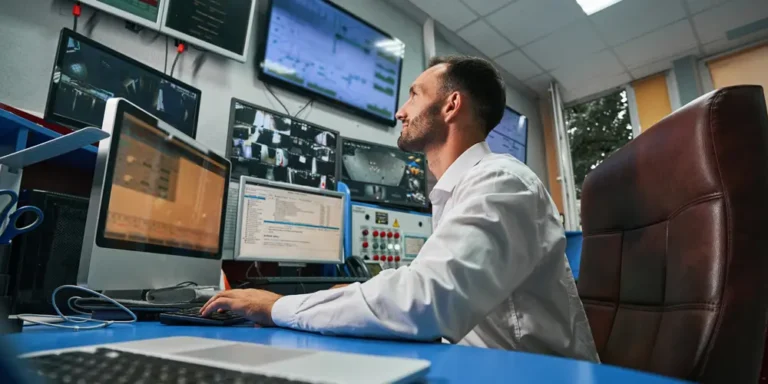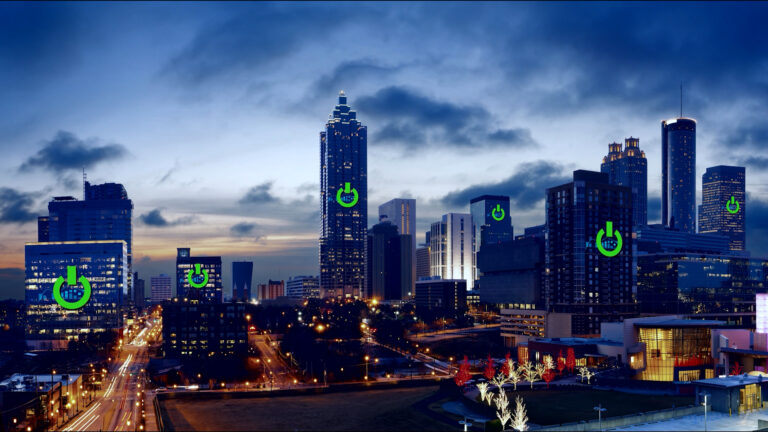When you were a youngster, did you ever play “the Telephone Game” – sometimes called “Chinese whispers”? If you are not familiar with it, this is how it works.
Players sit in a circle, close enough to whisper, but not so close they can hear each other. The first person whispers a phrase to the one on their left, then each repeats this with their neighbor. Then the last person says the phrase out loud and everyone laughs when they hear how much it has changed!
Besides being fun, the game is a great metaphor for the potentially disastrous impact of cumulative errors on indirect business communication.
In this post, we discuss how to maintain integrity and clarity of communication across many stakeholders during multi-site technology rollouts and avoid playing the Telephone game.
Large-Scale Rollouts Require a Big Team
A multi-site, multi-technology rollout takes a complex team comprising many different roles, including the customer’s internal contact, project management (a team of project managers and project facilitators), 3rd party vendors, logistics, and field technicians.
Though many people think that the field technician performing the on-site work is the most important component of a rollout team, this is incorrect. Project management* (PM) is the key role, as they should manage communication and technical support across the team, including the on-site field technician. Organizations take several approaches to staffing this role:
- Some use technology experts, then find that they lack the organizational and/or communication skills to manage effectively
- Others use professional project managers who have good organizational and communication skills, but little or no practical understanding of the technologies and customer requirements
- Yet others work with technology rollout companies (TRCs), expecting they have both the understanding and know-how. Sadly, most TRCs don’t have this ability either, because their operational model is engineered down to a low price rather than up to a high level of performance and quality.
It should be noted, that ensuring effective communication across such a range of stakeholders – each with their own area of interest, goals, and even terminology – demands strong process and highly-skilled PM practitioners.
But Poor Communication is the Enemy of Rollout Success
The negative impacts of inadequate communication on a multi-site rollout are manifested in many ways. Here are a few examples, but I’m sure you’ve seen more.
- Dissatisfied customers through poor scheduling and/or bad on-site experiences
- Multiple site visits to complete each job because the statement of work (SOW) doesn’t reflect the work required, or the Field Technician does not have the skills/tools/materials/equipment required to job
- Cost overruns, as billing cannot be reconciled against the budget
All of these issues are preventable with a strong PM function and good process.
Communication Risk is Mitigated When You “Minimize to Maximize”
A primary goal of the PM is to eliminate miscommunication by removing ambiguities, or “minimizing to maximize” – everywhere and anywhere possible. The PM acts as the “conductor” of the rollout; orchestrating the activities of the various groups to keep things running harmoniously in time. This involves:
- Providing expert input to ensure that the field technician work order packet (WOP) built from the statement of work (SOW) is as clear and concise as possible
- Ensuring that communication across the project team is efficient and accurate
- Ensuring the communication lines to field technicians are as close to direct as possible
- Ensuring that logistics, reporting, rollout performance, and billing information is consolidated, maintained, and clearly presented, in as close to real-time as possible
For #1, PM must have the technical understanding and experience to translate the SOW into a WOP that tells the field technicians exactly what they need to accomplish the job and nothing more – because missing or extraneous information creates confusion for the person performing the work.
For #2, the PM uses a process structure to ensure the flow of timely, accurate information throughout the team. While customers’ should choose the structure that best fits their needs, Concert recommends the Centralized Single-Tier Process Structure, as this is optimized for communications clarity and scalability.
For #3, the communication model is crucial. Concert employs the Direct-Tech Communication Channel, as this allows the PM to pass instructions direct to the field technician while acting as first-line support for all questions/issues arising on-site. This approach also enables real-time quality assurance (QA) and field technician rating.
For #4, a Rollout Services Model is required, encompassing the service elements needed to deliver the rollout consistently and effectively. This model is augmented by a Web-based application that gives the customer a real-time window into project status.
The Bottom Line
As much fun as the Telephone game may be at a party, nobody wants their technology rollout to work that way. Good communication is key to making sure that doesn’t happen. Here are 6 questions that you can ask your TRC to determine if they can deliver you multi-site rollout success, or whether you are signing up for the Telephone game:
- Can you describe the organizational structure and staffing levels of your Project Management function?
- Can you provide the system of methodologies that you use to deliver a consistent customer experience across a large volume of geographically dispersed locations?
- Can you show the process structures you use for communications within the project team, and in particular to the field technician?
- Where do you publish statistics to illustrate your rollout performance?
- Can you provide customer testimonials that support your performance statistics?
- Can you explain your recruitment, vetting, and rating processes for field technicians and other partners?
*Based on the nomenclature used by the technology rollout company, the Project Management function may be known by any of several different titles, e.g. Project Manager, Project Facilitator, or Project Coordinator.




